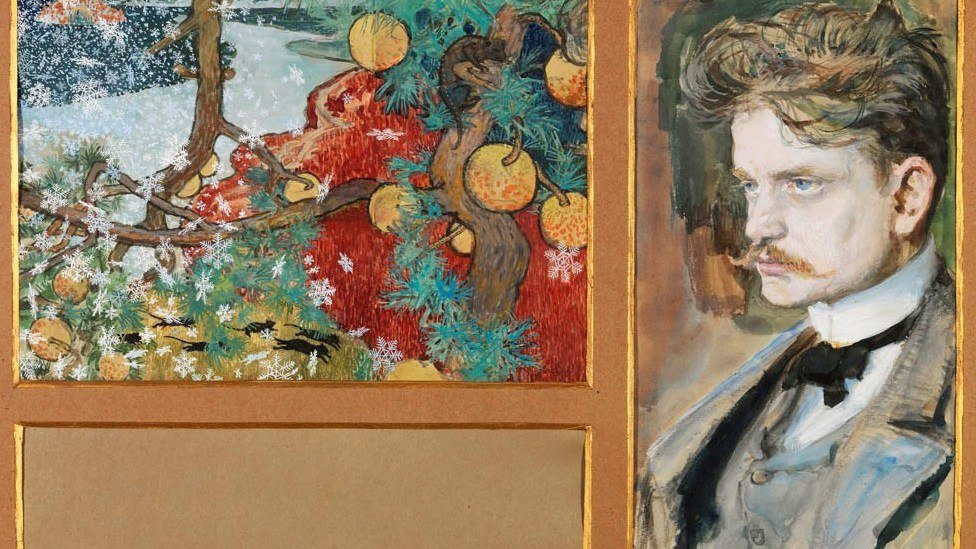Sibelius’ “The Bard”: Aftertones of the Skald
Jean Sibelius’ 1913 tone poem, The Bard, Op. 64, inhabits a mysterious, desolate, and austere landscape which is reminiscent of the Fourth Symphony, composed two years earlier. In contrast with Sibelius’ other tone poems, which often relate to the Finnish folklore of the Kalevala, the brief, enigmatic work does not outline a narrative or scene. Instead, with its prominent use of the solo harp, the music evokes the poetry of the Skald, bards …







